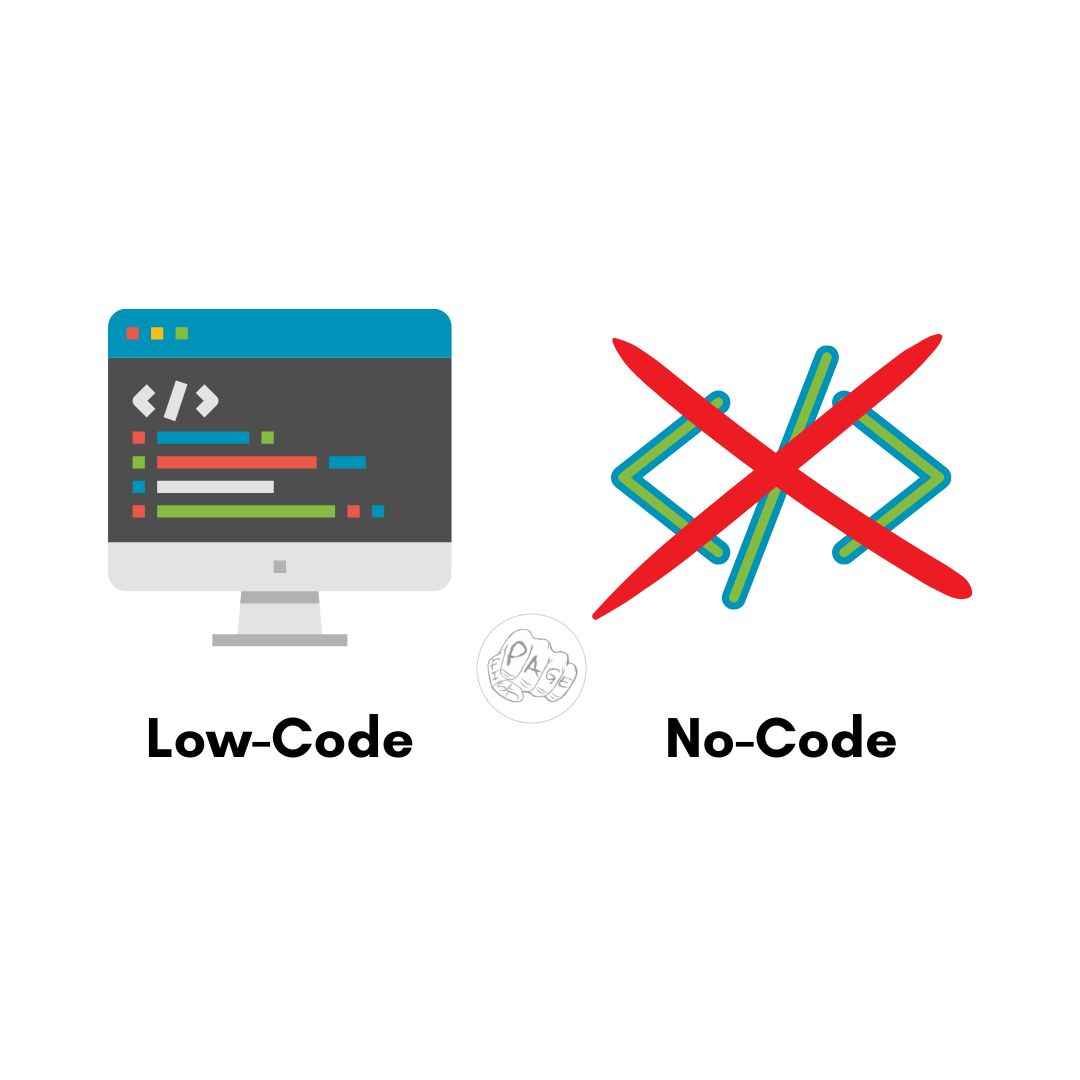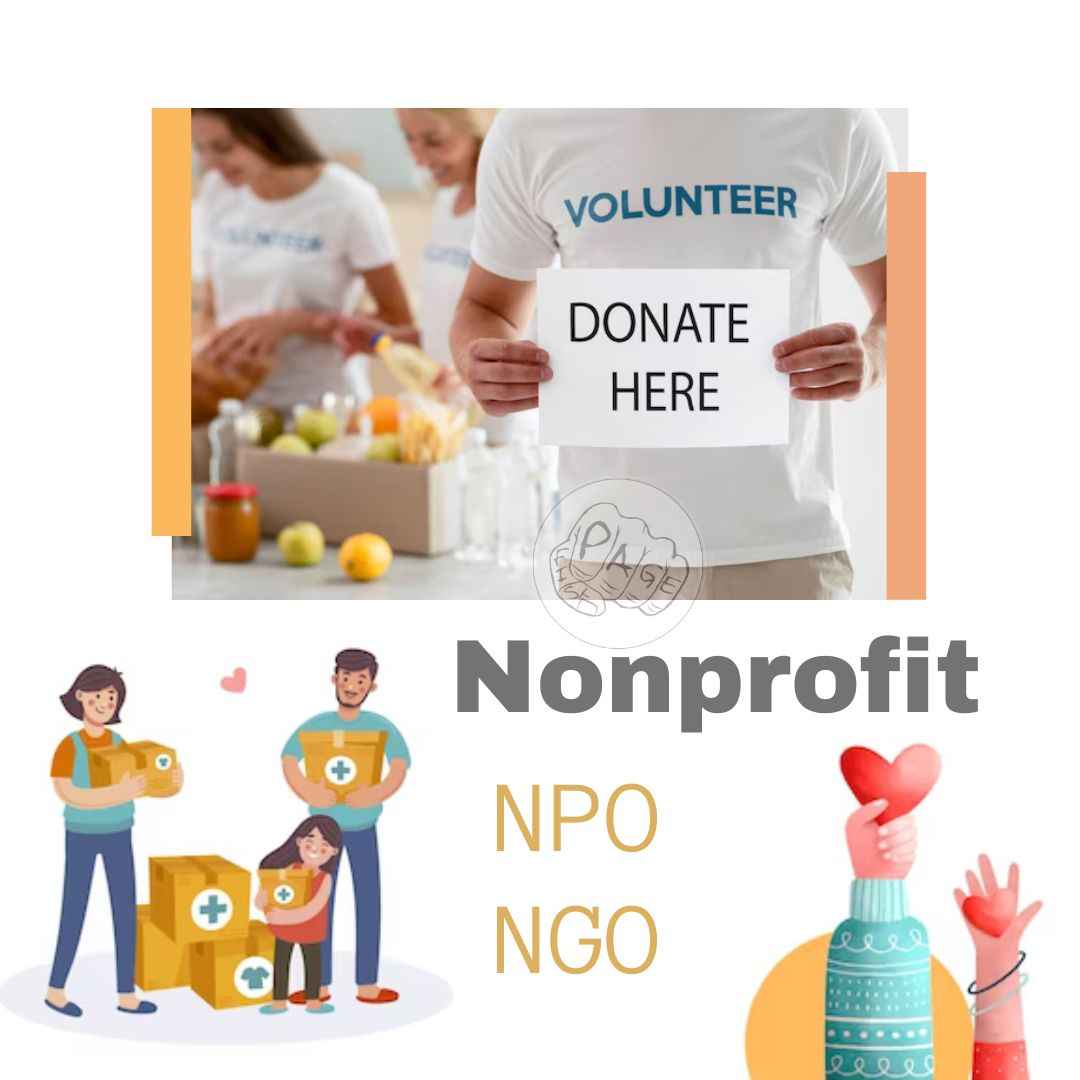Low-Code/No-Code Development Empowers Non-Developers to Create Applications Easily
Explore the revolutionary trend of low-code and no-code development that is enabling individuals without coding experience to build functional applications effortlessly. Discover how these platforms bridge the gap between technical and non-technical users and revolutionize the way applications are created.
In today's fast-paced digital landscape, the demand for innovative and functional applications is higher than ever. However, not everyone possesses the technical expertise to code these applications from scratch. This is where the game-changing concept of low-code and no-code development comes into play. These platforms enable individuals with limited or no programming knowledge to create applications with remarkable ease.
Understanding Low-Code and No-Code Development
What is Low-Code Development?
Low-code development involves using visual interfaces and pre-built components to design and develop applications. This approach significantly reduces the amount of traditional hand-coding required, allowing for faster development and deployment.
What is No-Code Development?
No-code development takes simplification a step further. It empowers users to build applications without writing a single line of code. Through intuitive drag-and-drop interfaces, non-developers can assemble application elements like building blocks.
Empowering Non-Developers
Bridging the Skills Gap
Low-code and no-code development democratizes application creation by bridging the gap between technical and non-technical individuals. This inclusivity allows business experts, designers, marketers, and domain specialists to actively contribute to the development process.
Speed and Efficiency
Gone are the days of lengthy development cycles. These platforms accelerate the development process, enabling rapid prototyping and iteration. This speed-to-market advantage can be a game-changer in competitive industries.
Reduced Dependence on Developers
The traditional bottleneck caused by limited developer resources is eased. With non-developers empowered to build functional applications, developers can focus on more complex tasks and innovation.
Realizing the Benefits
Agility in Innovation
Low-code and no-code solutions are especially beneficial for startups and small businesses. The agility they provide allows for swift experimentation and validation of ideas.
Customization and Scalability
While these platforms offer pre-built components, they often allow for customization through coding for more advanced users. As businesses grow, applications created on these platforms can be scaled up to match evolving needs.
Overcoming Challenges
While low-code/no-code development is revolutionary, it's not a one-size-fits-all solution. Complex functionalities might require traditional coding. Additionally, customization might be limited in some cases.
Looking Ahead
The Future of Application Development
As technology evolves, these platforms will likely become even more sophisticated. This will expand their capabilities, allowing for the creation of increasingly complex applications without coding.
Empowering Creativity
Low-code and no-code development encourage innovation by enabling individuals to turn their unique ideas into tangible applications, regardless of their technical background.
Conclusion
In conclusion, low-code and no-code development is a transformative trend that is reshaping the world of application development. By empowering non-developers to actively participate in the creation process, these platforms are democratizing technology and fostering a culture of innovation. Whether you're a startup founder, a business analyst, or a creative thinker, these tools offer a gateway to turning your ideas into reality, easily and efficiently.
Share This Post
Related Articles
What Is WordPress? A Beginner's Guide
WordPress is a powerful and versatile software platform that allows you to create and manage websites, blogs, online stores, and more. WordPress is open source, which means it is free to use and customize, and it has a large community of developers and users who contribute to its improvement and support. WordPress is also easy to use, with a user-friendly interface that lets you create and edit content, install themes and plugins, and manage your site settings. WordPress is the most popular website creation tool in the world, powering over 40% of the web.
Spreading Hope and Awareness: Web Development's Role in Nonprofit(NPO and NGO) Success
Discover how web development plays a pivotal role in the success of nonprofit organizations (NPOs) and non-governmental organizations (NGOs). Learn how web development creates engaging digital presences, boosts visibility through SEO, fosters connections, and provides valuable data analytics. Explore the heartwarming real-world impact of web development in changing lives and spreading hope and awareness.
Elevate Your Web Development and Digital Marketing Game with PAGEFIST
Discover how PAGEFIST, a leading web development company, can supercharge your web presence and digital marketing efforts. Explore industry-specific expertise and cutting-edge services!
What is a Portfolio Website?
A portfolio website is a digital showcase of your skills, achievements, and projects. It allows you to present your work to potential clients, employers, or collaborators in a professional and engaging way. A portfolio website can help you stand out from the crowd, demonstrate your expertise, and increase your visibility online.
Responsive vs. Adaptive Web Design: Which is Right for You?
Explore the battle between responsive and adaptive web design. Discover the pros, cons, and use cases for each approach to make an informed decision for your website.
Related FAQ
No related FAQ.
Say Hello
To Your Dream





